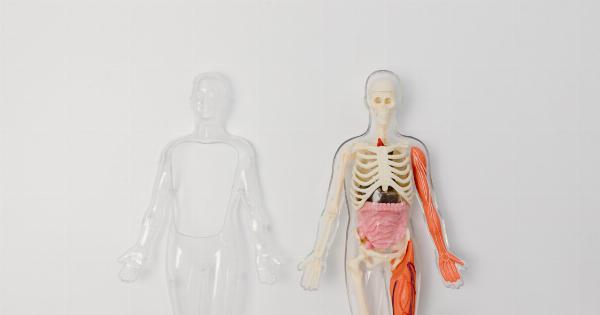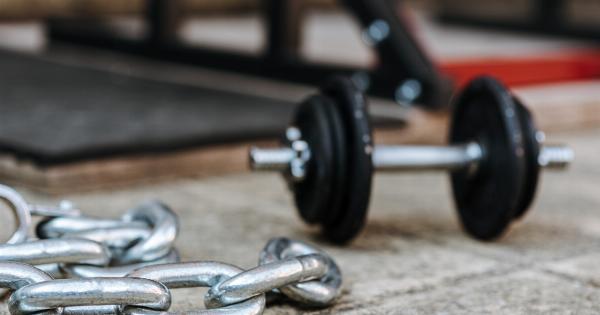Adolescence is a time of immense physical and emotional changes. It is not uncommon for teenagers to experience various forms of pain during this period.
However, determining whether such pain is a normal part of growing up or something more serious can be a challenging task for both parents and young individuals. This article aims to shed light on adolescent periodic pain, its possible causes, and when it might be a cause for concern.
The Nature of Adolescent Periodic Pain
Adolescent periodic pain refers to recurring episodes of discomfort or pain that teenagers may experience. These pains can manifest in various parts of the body, including the abdomen, head, joints, muscles, or even just nonspecific aches.
Such pain can have a significant impact on a young person’s quality of life and should not be dismissed casually.
While occasional discomfort is a normal part of growing up, persistent or severe pain may indicate an underlying issue that requires attention.
It is essential to understand the possible causes of adolescent pain and how to differentiate between normal and potentially serious conditions.
Possible Causes of Adolescent Periodic Pain
There are a variety of factors that may contribute to adolescent periodic pain:.
1. Musculoskeletal Development
During puberty, rapid growth and changes in bone and muscle structure can cause aches and pains in different areas of the body. It is common for teenagers to experience growing pains, particularly in the legs and lower back.
2. Menstrual Cramps
For adolescent girls, the onset of menstrual cycles can introduce a new form of pain – menstrual cramps. These can range from mild discomfort to more severe pain, potentially interfering with daily activities.
3. Headaches and Migraines
Headaches, including migraines, are prevalent among teenagers. Hormonal changes, stress, lack of sleep, and poor posture can all contribute to headaches. Migraines, in particular, can be debilitating and often require medical intervention.
4. Sports Injuries
Active adolescents who engage in sports or physical activities are susceptible to various types of injuries. Sprains, strains, fractures, and repetitive stress injuries can lead to recurring pain that requires appropriate management.
5. Psychological Factors
Emotional stress, anxiety, and depression can manifest physically as pain in adolescents. These psychological factors can be significant contributors to periodic pain, and addressing the underlying emotional well-being of teenagers is crucial.
When Should Adolescent Periodic Pain Be a Cause for Concern?
While occasional pain during adolescence is usually nothing to worry about, certain signs may indicate a more serious issue:.
1. Intensity and Duration
If the pain is severe, intensifies over time, or is consistently present for prolonged periods, it should raise concerns. Persistent pain that disrupts daily activities warrants investigation.
2. Disabling Pain
Any recurrent pain that significantly hampers a teenager’s ability to participate in school, social activities, or sports should be addressed promptly.
Restricted mobility or a decline in overall physical functioning should not be considered typical.
3. High Fever or Unexplained Weight Loss
Fevers and weight loss unrelated to an identifiable cause may signal a more serious underlying condition. These symptoms, when coupled with periodic pain, should not be ignored.
4. Joint Swelling or Redness
If pain in joints is accompanied by swelling, redness, or warmth, it may indicate potential arthritis or other inflammatory conditions. Medical attention is necessary in such cases.
Seeking Professional Advice
When faced with adolescent periodic pain, it is always wise to consult a healthcare professional who can provide an accurate diagnosis and appropriate treatment.
A comprehensive medical history, physical examination, and, if required, additional tests can help identify any underlying conditions causing the pain.
Parents, guardians, and adolescents themselves should not hesitate to seek medical advice if they suspect something more than typical growing pains.
Early intervention can help alleviate discomfort, prevent potential complications, and ensure a healthier, pain-free future.
























